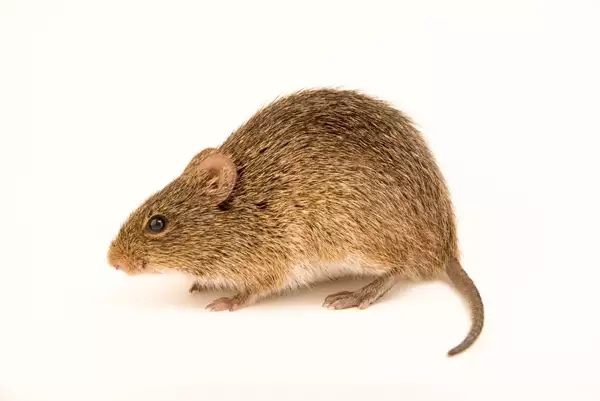- Contact
- 01211118453
- Send Email
- info@spider-eg.com
Cotton Rats

Cotton Rats
Facts, Identification, & Control
Latin Name
Sigmodon hispidus (Say & Ord)
Appearance
What Do They Look Like?
- Size: The head and body of these pests range in length from 13.3 to 21.3 cm. Their tails are 7.6 to 16.5 cm in length.
- Color: Cotton rats are usually gray on their back with black hairs mixed in. Their undersides are light in color.
- Characteristics: Their bodies are covered with coarse hair. Their ears are almost hidden by the hair and their tails are bare with no fur.
How Did I Get Cotton Rats?
Leaving open bowls of pet food in yards and on porches can attract cotton rats. These pests may also enter homes through open holes in structures looking for food and shelter.
How Serious Are Cotton Rats?
Cotton rats are agricultural pests that may cause considerable damage to row crops. They live in grassy areas and feed on plants in crop fields and gardens. These rats are not usually structural pests, they can invade buildings, especially if they find food available.
These rats chew on grass and pile it up along soiled pathways. Yellow or greenish colored fecal pellets often build up near areas where these pests thrive that cause contamination.
Diseases
The hispid cotton rat is medically important because it is a host for hantavirus pulmonary syndrome (HPS). This disease can become airborne when rat droppings or carcasses are disturbed and people who inhale the airborne virus can become infected. These rats have also been found infected with plague and murine typhus.
Signs of Infestation
Possible signs of a cotton rat infestation include:
- Droppings
- Rodent sightings
- Shallow burrows with multiple entrances
How Do I Get Rid of Cotton Rats?
What You Can Do
To discourage cotton rats, keep grass and weeds near all buildings mowed as short as possible. Seal up openings that might allow rats to enter. Since these rats can carry the virus for HPS, be very cautious when handling contaminated articles, dead rodents, and droppings.

